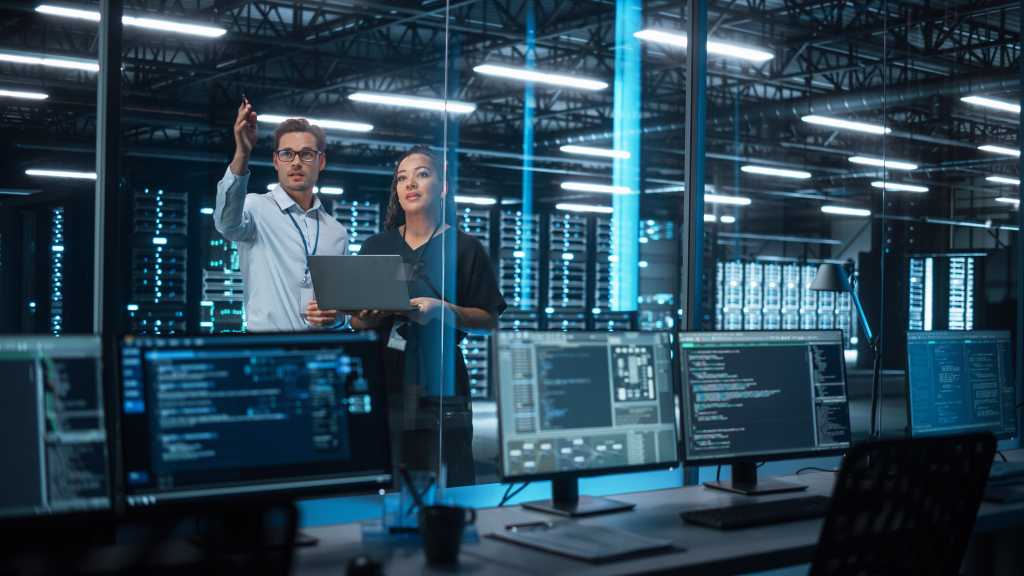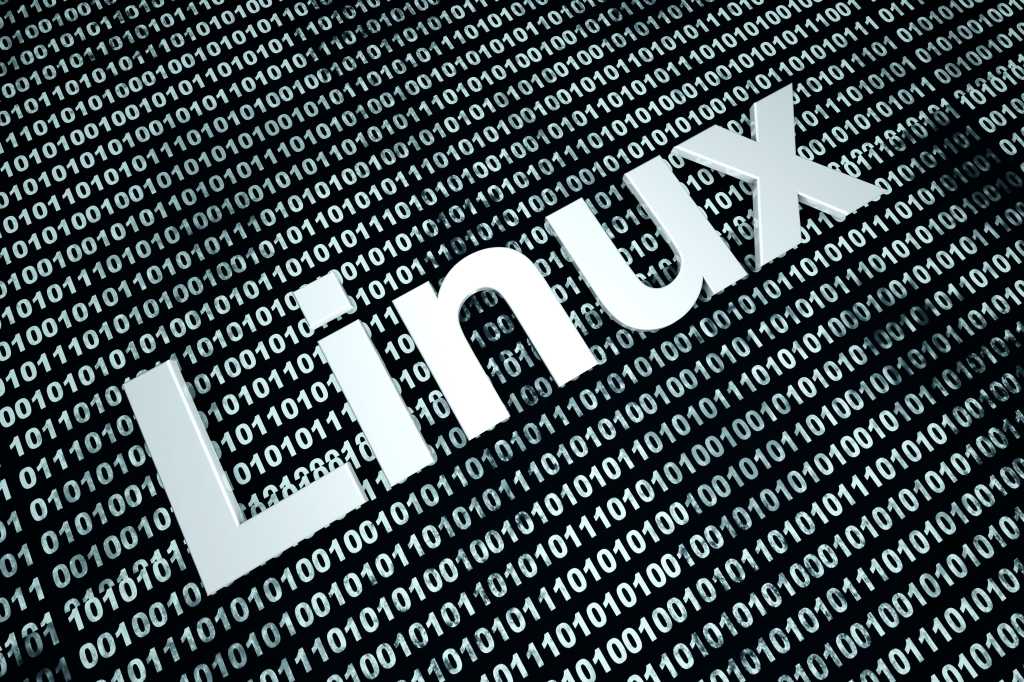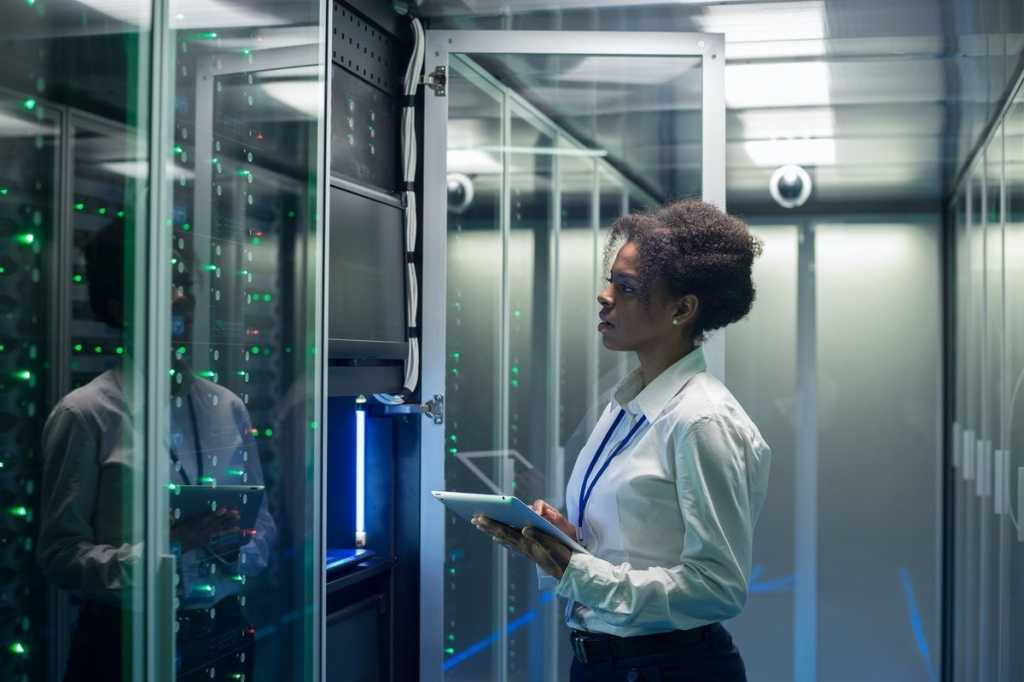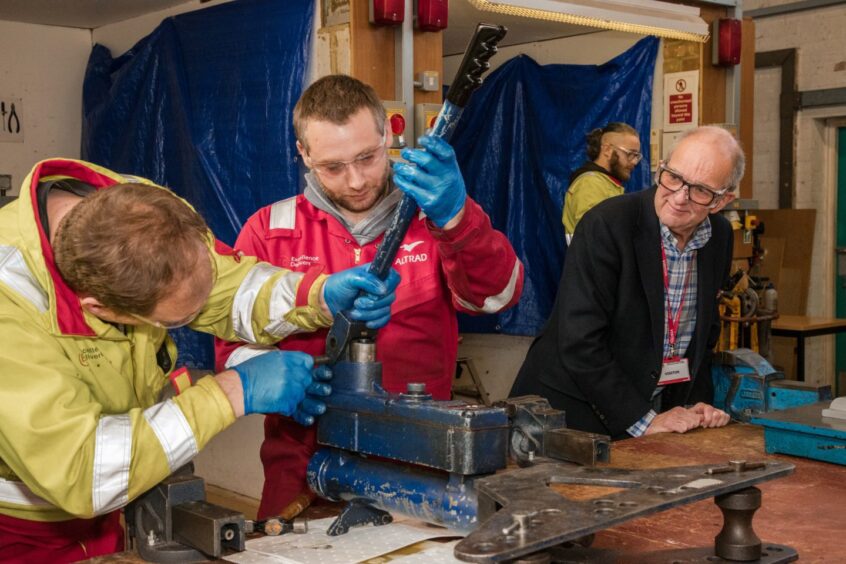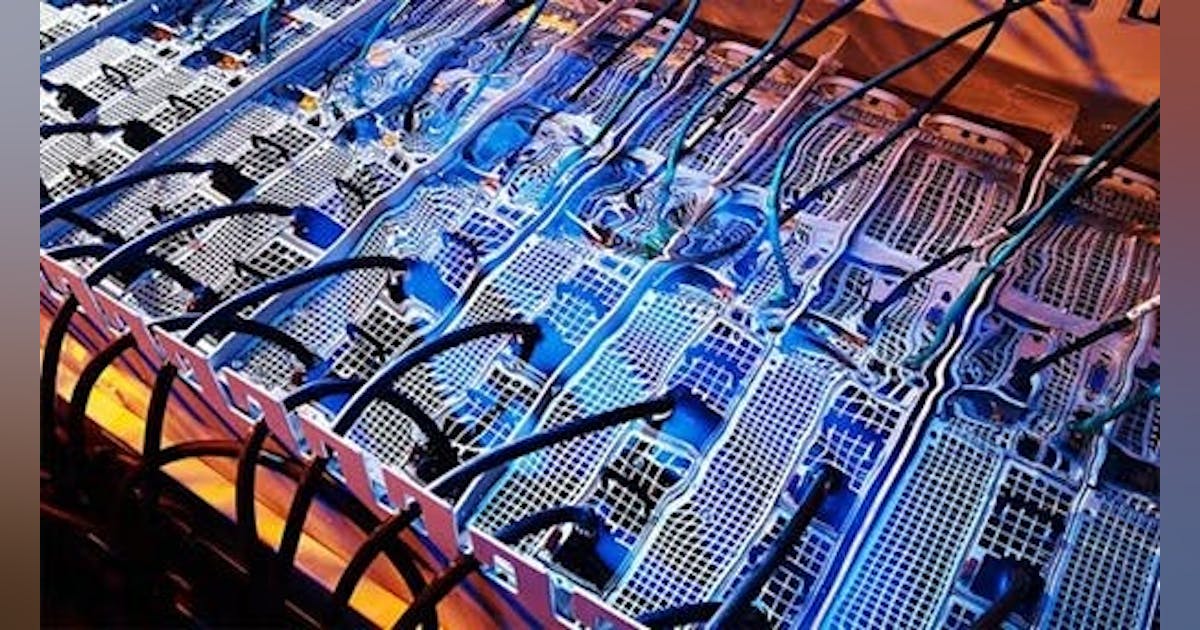
“While the IEEE P802.3dj project is working toward defining 200G per lane for Ethernet by late 2026, the industry is (loudly) asking for 400G per lane yesterday, if not sooner,” Jones wrote in a recent Ethernet Alliance blog.
In a post about Ethernet’s AI evolution, John D’Ambrosia wrote about the development of 400 Gb/s signaling: “The IEEE P802.3dj project is defining the underlying 200Gb/s PAM4 signaling technologies in support of chip-to-chip, chip-to-module, backplane, copper cable, and single-mode fiber technologies to facilitate the numerous specifications for 200GbE, 400GbE, 800GbE, and 1.6TbE. These efforts are expected to be completed in the second half of 2026 so AI applications will have some near-term solutions to leverage. However, the staggering growth rates of computational power require the industry to start looking beyond 200 Gb/sec based signaling now for the networks of the future.”
“One of the outcomes of [the TEF] event was the realization the development of 400Gb/sec signaling would be an industry-wide problem. It wasn’t solely an application, network, component, or interconnect problem,” stated D’Ambrosia, who is a distinguished engineer with the Datacom Standards Research team at Futurewei Technologies, a U.S. subsidiary of Huawei, and the chair of the IEEE P802.3dj 200Gb/sec, 400Gb/sec, 800Gb/sec and 1.6Tb/sec Task Force. “Overcoming the challenges to support 400 Gb/s signaling will likely require all the tools available for each of the various layers and components.”
The IEEE in January began an “802.3 Ethernet Interconnect for AI” assessment, a multivendor effort to assess a number of key requirements for Ethernet and AI, such as:
- What are the interconnect requirements for the different AI networks?
- What are the performance requirements of these interconnects?
- What are the priorities for the development of these interconnects?
- What tradeoffs can be made between latency and resilience/reach/power?
“We are actively trying to figure out and understand which set of problems to solve here,” Jones said.
Ethernet vs. InfiniBand
There’s also the trend of moving AI networks toward Ethernet rather than current connectivity stalwart InfiniBand.

